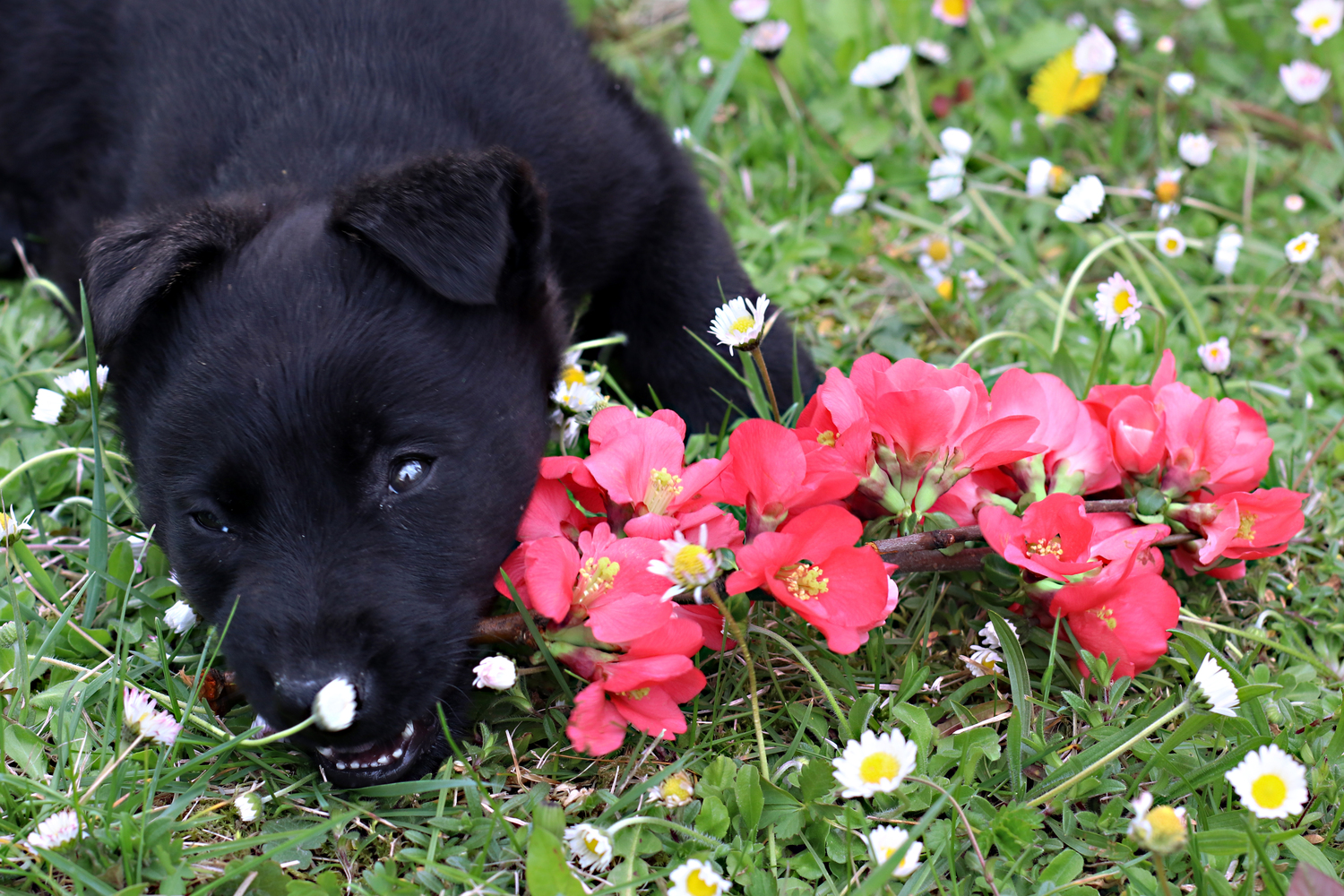
10 Ways Dogs Try to Communicate
Possessing an expressive nature, dogs utilize a variety of tactics to communicate their sentiments, thoughts, and desires. With Emotional Support Animals (ESA) online certification, pet owners can learn to discern these signals and meet their emotional support dogs’ needs effectively. When pet parents understand what their four-legged companions are trying to express, it helps in addressing their emotions, from hunger pangs to the need for a playful session, stress, or even annoyance. Essentially, being a good ‘babysitter for pets’ involves decoding these canine signals. Below, we delve into the fascinating world of canine communication:
1. Barking and Growling
Barks and growls serve different purposes in a dog’s language, such as alerting you when they desire outdoor time or expressing surprise. The tone of their barks often reveals their mood, health state, and excitement level. Dogs may bark or growl to catch your attention, mark their territory, or express a need.
2. Gnawing
When dogs chew items like furniture or rugs, they might be venting stress or boredom. However, when this behavior seems directed towards communication, it may signal frustration or discomfort, especially when personal belongings are destroyed. Some dogs chew objects to claim them, while others resort to this due to poor bladder control.
3. Howling
Dogs employ howling as a long-distance communication tool with pack members. Newly relocated dogs or those separated from their families might howl to find each other. But if your dog howls while you’re out, it could be an expression of loneliness or frustration.
4. Licking
Licking generally signifies a dog’s affection towards you, but it can also be a request for something or a signal of discomfort. If your dog licks himself excessively, it could mean he is stressed, anxious, or infested with fleas or ticks.
5. Head Tilting
Dogs exhibit curiosity and attention by tilting their heads, a gesture that endears them to us. They use this behavior to better understand our words. Hence, you might notice your dog tilting their head while trying to comprehend your conversation.
6. Tail Chasing
Dogs usually chase their tails out of excitement or boredom, or in an attempt to nab floating objects. However, consistent tail chasing could mean your dog is trying to retrieve a dropped play item or following a scent.
7. Grass Eating
While grass-eating is common among dogs, excessive intake coupled with signs of discomfort may indicate a digestive issue. Dogs sometimes resort to grass for its fiber content, but overeating grass could also signify an underlying illness or infection.
8. Digging
Dogs dig to relax, relieve stress, and maintain their health. Excessive or unsafe digging, like in flower beds, may be a sign of boredom. Dogs may also dig to bury and later retrieve their toys or bones. Regularly providing treats, bones, or toys can help curb this.
9. Belly Exposing
A dog showing its belly is an act of trust and submission. This behavior invites us to engage in affectionate play. But, if your usually belly-shy dog rolls over as you approach, they could be unwell, possibly suffering from something like heartworm disease.
10. Displaying Puppy Dog Eyes
Dogs communicate their need for affection and positive intentions through their unique “puppy dog eyes.” This behavior, developed over generations, helps them capture our attention and gauge what makes us happy. If your dog frequently gives you this look after being alone, they might be feeling lonely and in need of more affection.
Dogs communicate in myriad ways. Understanding these methods and their meanings, and responding to them appropriately, is an excellent way to ensure that your dog recognizes you as a compassionate and caring pet parent.



